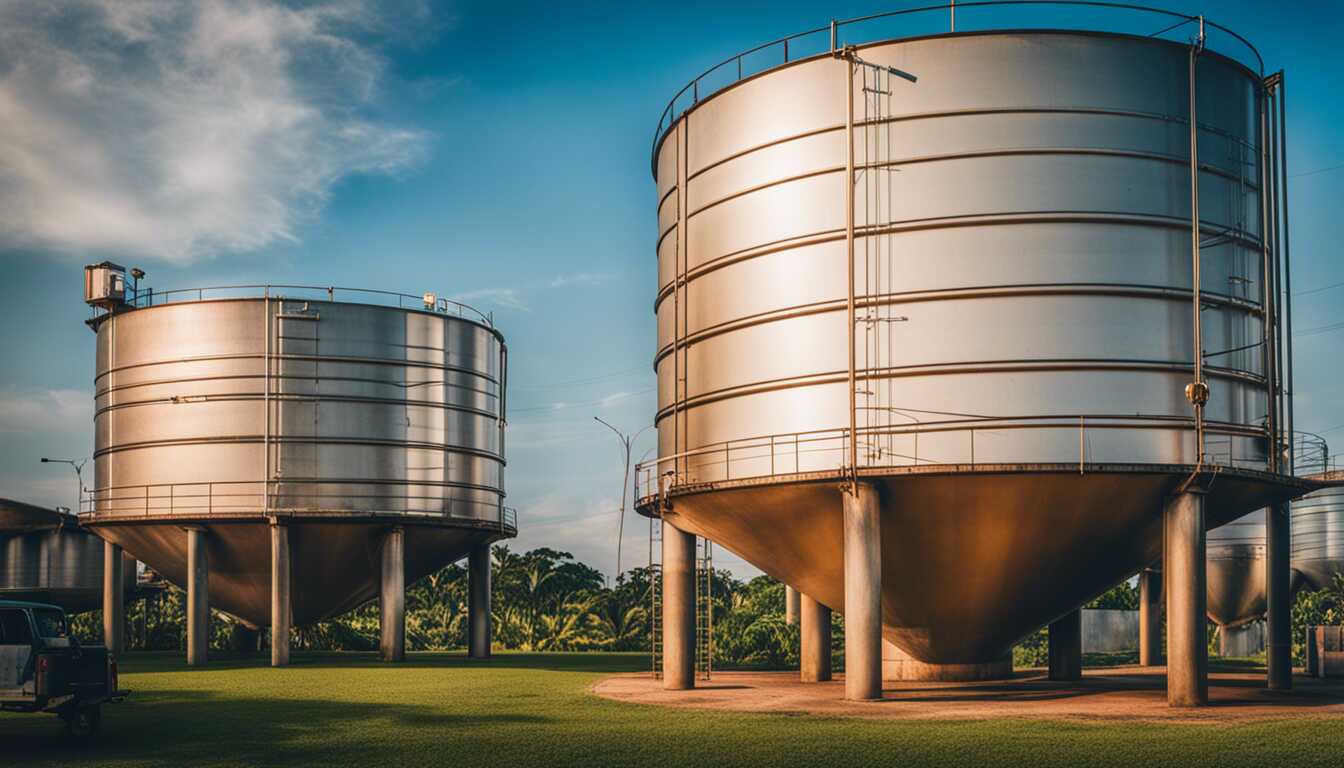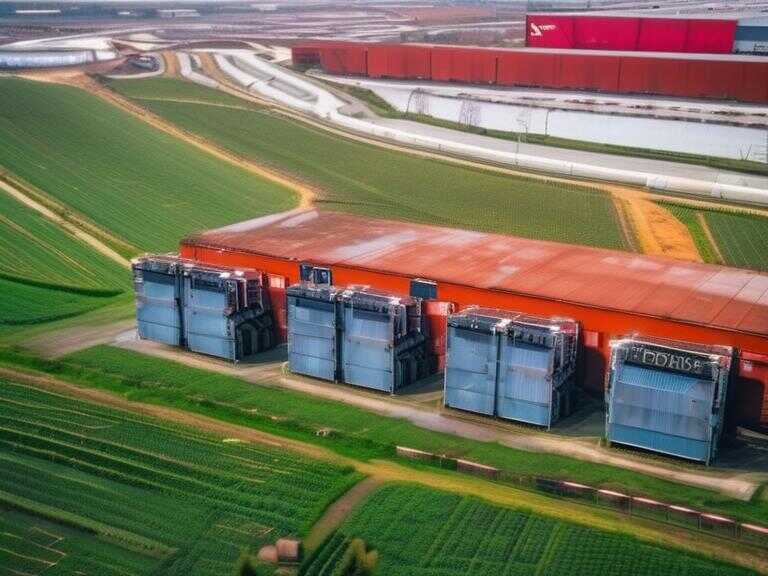
The History of the Elevated Water Tanks in Villahermosa, Tabasco

The History of the Elevated Water Tanks in Villahermosa, Tabasco
Notice: In the pursuit of modernizing the city of Villahermosa, several projects were undertaken, aiming to benefit its residents. However, the construction of the elevated water tanks, initially intended to improve the water supply service, faced challenges and complexities that remain visible in the city's landscape to this day. Let's delve into the history and legacy of these iconic structures.
The City's Ambitious Project
In 1978, during the administration of Ing. Leandro Rovirosa Wade, a visionary effort to modernize Villahermosa was set in motion. This project included the ambitious plan to construct elevated water tanks as part of the urban development initiative known as Tabasco 2000. The intended purpose of these tanks was to enhance the delivery of potable water to all city residents.
The Unfulfilled Vision
The original plan envisioned the construction of four elevated water tanks, yet only three were ultimately built. These structures are prominently located in key areas of the city: Avenida Paseo Usumacinta, Avenida Gregorio Méndez Magaña near the "Hospital del Niño" Regional High Specialty Hospital, and the Lidia Esther neighborhood.
Financial Investment and Technical Challenges
The construction of these elevated tanks was a significant financial commitment, with a total investment of over 455 million pesos at that time. Each tank was designed to hold a capacity of at least 4,000 cubic meters of water. Despite the good intentions behind the project, it failed to account for the inadequate infrastructure of the pipelines that would distribute water from the tanks to individual households. The diameter of these pipelines was insufficient to withstand the water pressure from the elevated tanks, posing a substantial challenge to the functionality of the system.
Ongoing Water Supply Issues
The inadequacy of the pipeline infrastructure continues to impact the city, leading to regular water shortages in certain neighborhoods. The existing pipelines, coupled with their aging condition, further compound the difficulties in utilizing the elevated tanks to improve the water supply service for Villahermosa residents.
Legacy and Future Considerations
While the elevated water tanks remain visible throughout the city, serving as iconic symbols, the question of their rehabilitation and operational viability lingers. The possibility of restoring and utilizing these structures is impeded by the considerable investment required to replace the outdated pipelines and modernize the system. In the meantime, the construction of the Usumacinta Aqueduct has been implemented as an alternative solution to address the ongoing water supply challenges, relegating the elevated water tanks to a symbolic role that embodies the city's growth and identity.
A Lasting Mark on Villahermosa
Despite the setbacks and technical limitations, the elevated water tanks stand as enduring monuments, representing an era of ambitious urban development in Villahermosa. As the city continues to evolve, these structures serve as a reminder of the endeavors undertaken to enhance the quality of life for its residents.
In conclusion, the history of the elevated water tanks in Villahermosa reflects the intersection of visionary urban planning, financial investment, and the enduring challenges of infrastructure development. While these iconic structures may not fulfill their original purpose, they remain an integral part of the city's identity, embodying the aspirations and complexities of urban growth.
Share news















